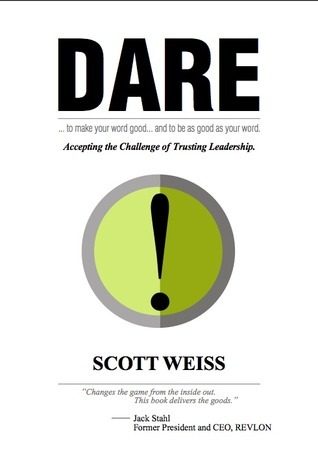
The Five Dysfunctions of a Team
Book Description
What happens when a team crumbles from within, torn apart by distrust, fear, and unresolved conflicts? In "The Five Dysfunctions of a Team," the devastating impact of hidden dysfunctions is laid bare, revealing the stark truth of how even the most talented individuals can derail collective success. With each turn of the page, tension builds as a reluctant leader grapples with fragile relationships, fierce rivalries, and the urgent need for transformation. Encouraging vulnerability and commitment, this gripping guide unveils a path to unity. Will they overcome their deep-seated issues and unlock their true potential together?
Quick Book Summary
"The Five Dysfunctions of a Team" by Patrick Lencioni explores the root causes of team failure and offers a model for building a cohesive, high-performing team. Through a compelling leadership fable, Lencioni reveals how even the best teams can struggle due to underlying issues such as lack of trust, fear of conflict, absence of commitment, avoidance of accountability, and inattention to results. The book provides actionable insights and practical strategies to recognize and overcome these dysfunctions. By encouraging open dialogue, vulnerability, and a collective focus on shared goals, Lencioni empowers leaders and team members to transform fractured groups into unified, productive units. The narrative blends storytelling with guidance, making complex team dynamics accessible and engaging for readers seeking to enhance their organization's effectiveness.
Summary of Key Ideas
Table of Contents
Building Trust Through Vulnerability
Patrick Lencioni’s book opens with an engaging business fable centered on Kathryn, a newly appointed CEO who steps into a team beset by dysfunction and discord. By observing interactions and behaviors among the executive staff, Kathryn identifies the subtle factors undermining collaboration and performance. As the team navigates through tension and skepticism, readers see how personal agendas and fragile relationships threaten not just productivity but the very future of the organization. This narrative serves as the framework for revealing Lencioni’s model and offering real-world applications of his insights.
Encouraging Healthy Conflict
Lencioni identifies five core dysfunctions that hinder effective teamwork. These are lack of trust, fear of conflict, lack of commitment, avoidance of accountability, and inattention to results. Each dysfunction builds upon the previous one, creating a hierarchy of challenges that teams must overcome to succeed. He stresses that superficial harmony can conceal deeper issues, and unresolved tensions may stifle innovation. By systematically addressing each dysfunction, teams can unravel ingrained patterns and rebuild a solid foundation for cooperation.
Fostering Commitment and Buy-In
At the root of high-performing teams is vulnerability-based trust. Lencioni emphasizes that teams excel when members feel safe to admit weaknesses and mistakes. Encouraging this openness leads to healthy conflict — another positive, necessary element for growth. Rather than suppressing dissent, effective leaders foster an environment where passionate debates and differing viewpoints are welcomed. This clears the air, invites better ideas, and leads to consensus-building, even when complete agreement isn’t possible.
Embracing Accountability
Building commitment is the next step after open, honest dialogue. When team members contribute to discussions and understand the rationale behind decisions, they are more likely to buy in, even if the direction isn’t their first choice. True commitment stems from clarity and alignment around goals and expectations. When individuals know what’s expected and believe in the direction chosen, they take ownership of both success and setbacks.
Focusing on Collective Results
With commitment established, holding each other accountable becomes essential. Lencioni advises teams to create a culture where members can challenge one another about behaviors and performance in a constructive way. Finally, to reach their highest potential, teams must focus on collective results rather than personal achievements or status. By aligning individual efforts with the organization’s overarching objectives, teams can overcome self-interest and achieve sustainable, outstanding performance.
Download This Summary
Get a free PDF of this summary instantly — no email required.





